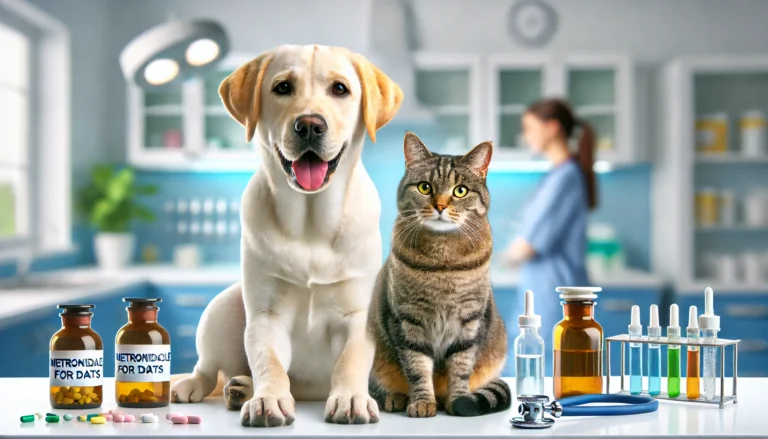Can Dogs Eat Cherries? An In-Depth Look at the Risks and Safety Measures

Know that Can Dogs Eat Cherries?
As dog owners, it’s natural to want to share our snacks with our furry friends, and cherries often raise the question: Can dogs eat cherries safely? This comprehensive guide will explore the nuances of feeding cherries to dogs, addressing common questions and concerns such as the safety of cherry pits, potential health benefits, and alternative safe fruits for dogs.

Understanding the Risks: Can Dogs Eat Cherries?
While cherries are a nutritious snack for humans, they pose several risks to dogs that owners must be aware of before sharing even a single cherry.
1. Toxic Parts of the Cherry
Cherries contain cyanide in their pits, stems, and leaves, which is toxic to dogs if ingested in large quantities. The pits can also cause intestinal blockages or choking hazards, particularly in smaller dogs.
2. Digestive Issues
Even without the pit, the flesh of cherries can cause stomach upset in dogs, particularly if they consume too many. Cherries are high in sugar, which can also lead to gastrointestinal distress and even contribute to diabetes or obesity in dogs.
Can Dogs Have Cherries in Any Form?
- Fresh Cherries: If offering cherries to your dog, always remove the pits, stems, and leaves. Only give them in small quantities as an occasional treat.
- Canned Cherries: These often contain added sugars or syrups that are unhealthy for dogs and should be avoided.
- Maraschino Cherries: These are processed and loaded with sugars and chemicals, making them a poor choice for dogs.
- Dried Cherries: Like canned, dried cherries may contain added sugars and preservatives that are not recommended for dogs.
Health Implications: Are Cherries Bad for Dogs?
While the flesh of the cherry isn’t toxic to dogs, the potential health risks associated with the pits, stems, and leaves make cherries a risky treat. The small amounts of cyanide in each pit may not be fatal, but they can still cause health issues, especially if several are ingested.
Symptoms of Cherry Pit Ingestion Include:
- Difficulty breathing
- Red gums
- Dilated pupils
- Shock or distress
If you suspect your dog has ingested cherry pits, it’s crucial to seek veterinary care immediately as this could be a life-threatening emergency.
How Many Cherry Pits Are Toxic to Dogs?
The toxicity of cherry pits can vary based on the size of the dog and the number of pits ingested. It’s important to note that even a small amount of crushed or chewed cherry pits can release cyanide, which can be harmful.
Do you know?
On average, a healthy cat should have one bowel movement every 24-36 hours. If your cat is constipated for more than two days, it may point to a more serious issue.
Safe Practices for Dogs Eating Cherries
If you decide to feed your dog cherries, follow these guidelines to minimize risks:
- Pit Removal: Always completely remove the pits and stems.
- Quantity Control: Limit cherries to a few pieces to avoid stomach upset.
- Observation: Watch for any signs of distress or allergy after feeding.
Alternative Fruits Safe for Dogs
Considering the risks associated with cherries, you might want to consider safer fruit options:
- Blueberries: Packed with antioxidants and safe for dogs.
- Apples (without the core and seeds): Healthy and safe when properly prepared.
- Bananas: Offer potassium and fiber but should be given in moderation due to high sugar content.
Conclusion
While the question “Can dogs eat cherries?” can be met with a conditional yes, the risks often outweigh the benefits. For safety, it’s advisable to choose fruits that pose no risk of toxicity or choking. Always consult with your veterinarian before introducing new foods into your dog’s diet, and monitor their reaction to any new treat, especially if it includes naturally occurring toxins like those found in cherries.
Can dogs have cherries without the pits?
Yes, dogs can have cherries without the pits, but only in small quantities as the flesh of cherries is not toxic.
How many cherry pits are toxic to dogs?
The toxicity depends on the dog’s size and the amount ingested, but even a small number of pits (as few as one or two) can potentially release enough cyanide to cause issues in small dogs.
Is cherry fruit toxic to dogs?
The flesh of the cherry is not toxic to dogs, but the pits, stems, and leaves are because they contain cyanide.
What if my dog ate a bowl of cherries?
If your dog ate cherries with pits, it’s important to watch for signs of cyanide poisoning and gastrointestinal blockage, and contact your veterinarian immediately.
Can dogs eat the skin of cherries?
Yes, dogs can eat the skin of cherries as it is not toxic. However, the fruit should be given in moderation due to its sugar content.
Can dogs taste cherries?
Yes, dogs can taste cherries. Dogs have fewer taste buds than humans, but they can still taste sweetness.
Can dogs eat cherry slices?
Dogs can eat cherry slices if they are completely pit-free and given in small amounts as a treat.
Is cherry juice ok for dogs?
Cherry juice is not recommended for dogs, especially if it contains sugar or artificial sweeteners, which can be harmful to dogs.
Can dogs have honey?
Yes, dogs can have honey in very small amounts. It can help with allergies and provide energy, but it should be used sparingly due to its high sugar content.
Is strawberry good for dogs?
Yes, strawberries are good for dogs and can be a healthy treat in moderation. They are low in calories and contain antioxidants, fiber, and vitamin C.
Can dogs eat watermelon?
Yes, dogs can eat watermelon, but make sure to remove all seeds and the rind to avoid digestive issues.
Can dogs eat mango?
Yes, dogs can eat mango in moderation. It’s rich in vitamins A, B6, C, and E but remove the pit because it can be a choking hazard.
Can dogs have oranges?
Yes, dogs can have oranges in moderation. Oranges are a good source of vitamin C, potassium, and fiber, but the citric acid can cause stomach upset in some dogs, so start with small amounts.






